 slide1 ==> 8.1: Sound waves travel in the Earth's interior as (a) P-waves or pressure waves, and (b) S-waves or shear waves
slide1 ==> 8.1: Sound waves travel in the Earth's interior as (a) P-waves or pressure waves, and (b) S-waves or shear waves
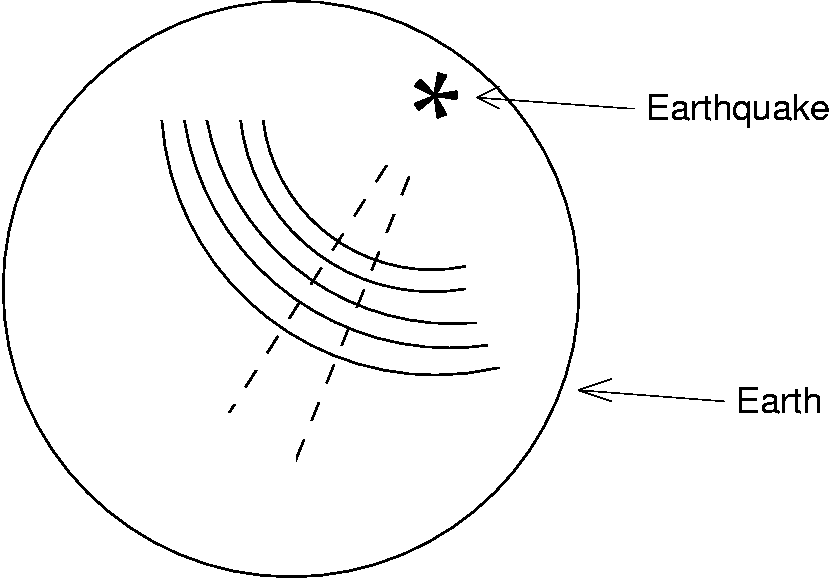 slide2 ==> 8.2: Sound waves radiate out in all directions through the Earth from an earthquake
slide2 ==> 8.2: Sound waves radiate out in all directions through the Earth from an earthquake
 slide3 ==> 8.3: A series of wave crests moving downward from a substance where they travel slowly to one where they go faster
slide3 ==> 8.3: A series of wave crests moving downward from a substance where they travel slowly to one where they go faster
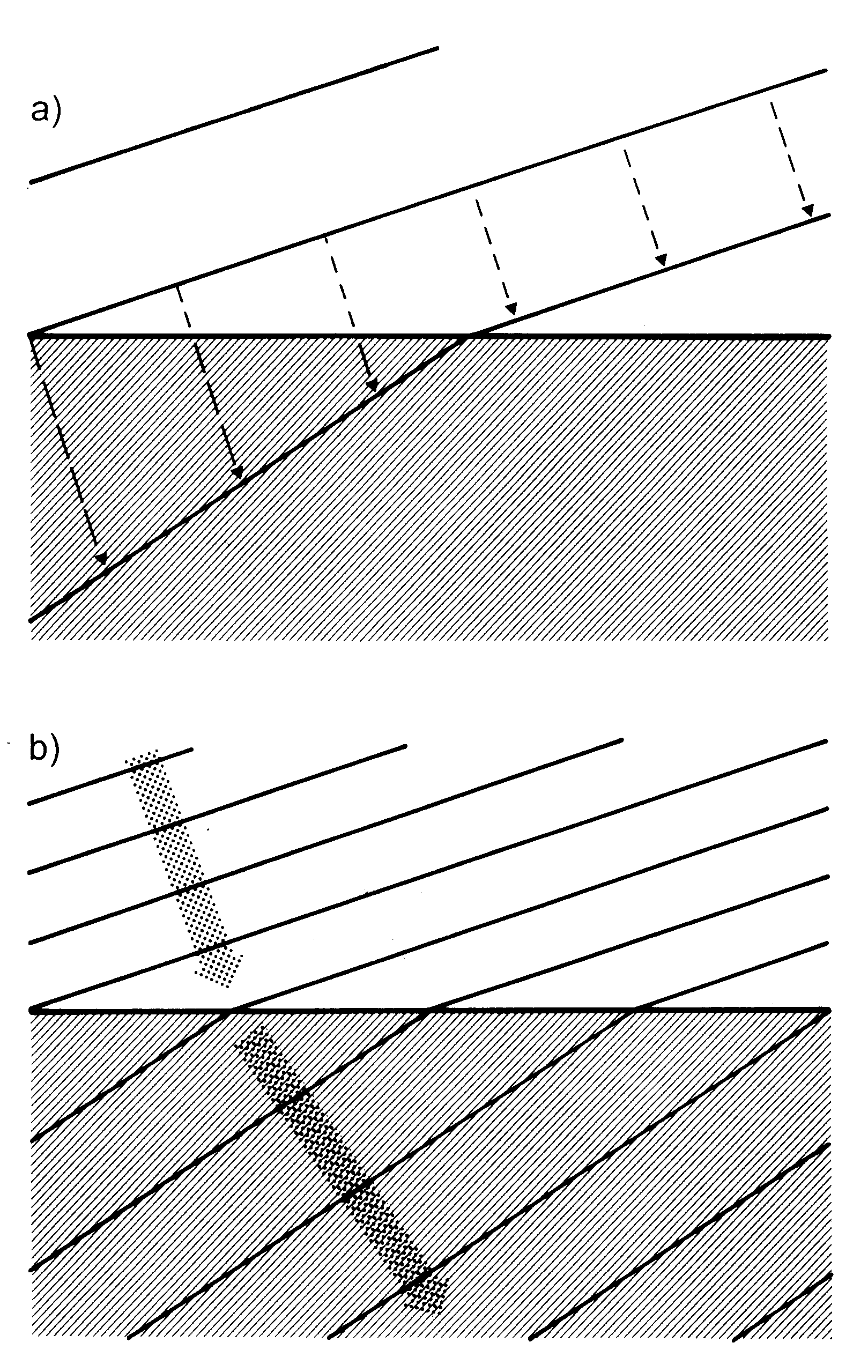 slide4 ==> 8.4: As an oblique wave moves from one material into another and speeds up, the wave direction changes (refraction)
slide4 ==> 8.4: As an oblique wave moves from one material into another and speeds up, the wave direction changes (refraction)
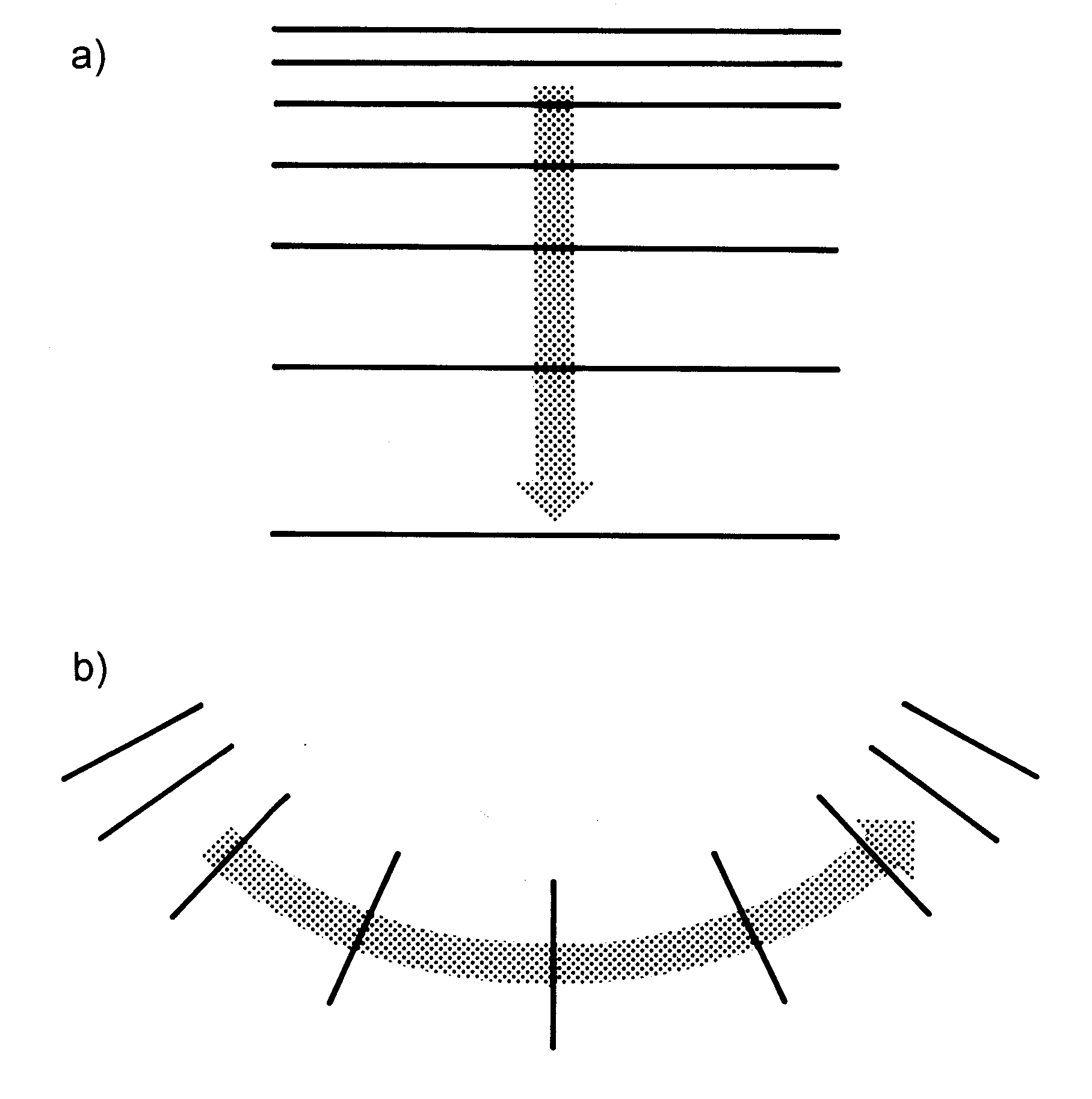 slide5 ==> 8.5: A sound wave moving vertically into the Earth speeds up, but one moving obliquely travels in an arc
slide5 ==> 8.5: A sound wave moving vertically into the Earth speeds up, but one moving obliquely travels in an arc
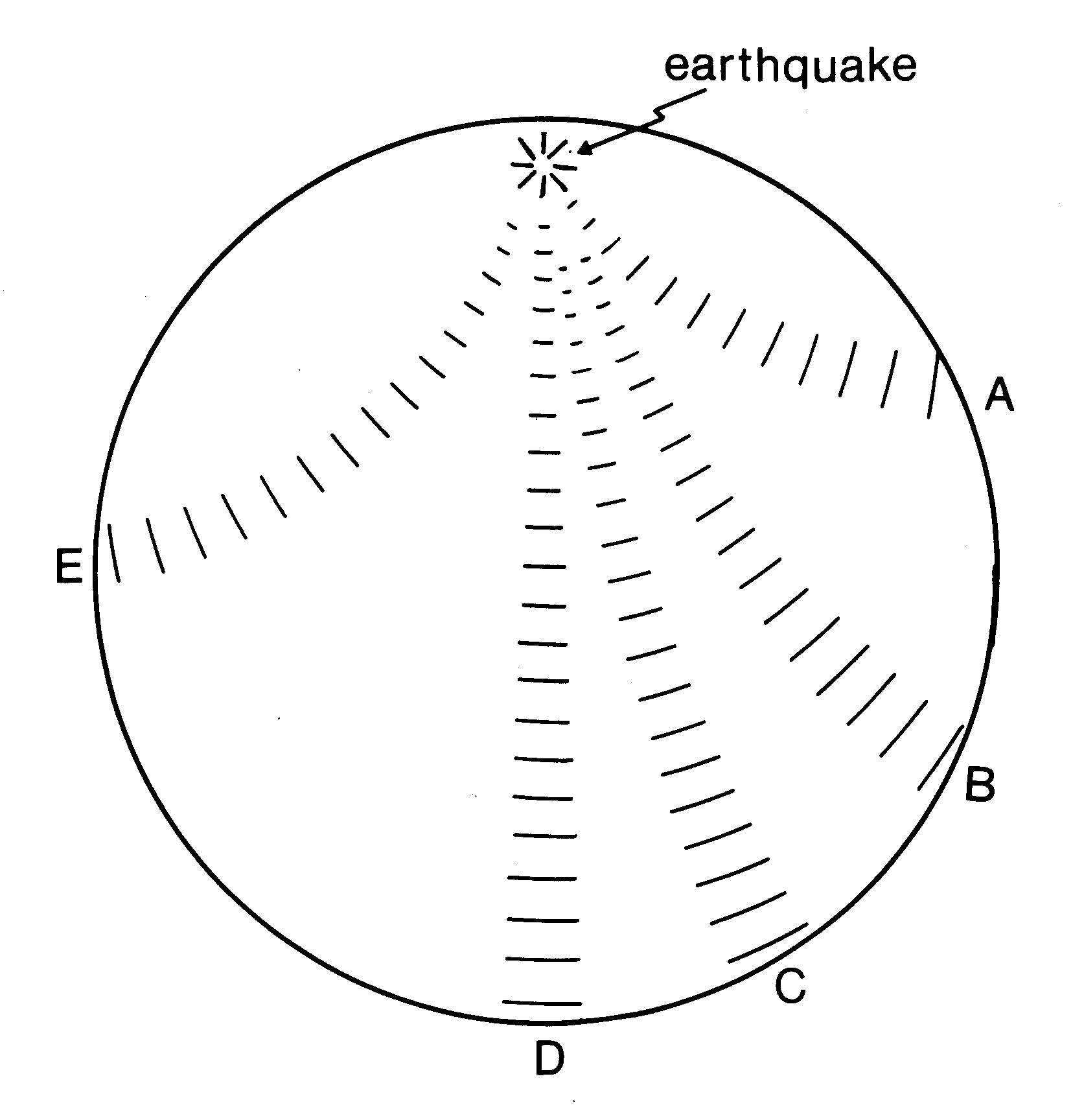 slide6 ==> 8.6: If the Earth were homogeneous throughout, earthquake waves would reach seismographs everywhere on the surface
slide6 ==> 8.6: If the Earth were homogeneous throughout, earthquake waves would reach seismographs everywhere on the surface
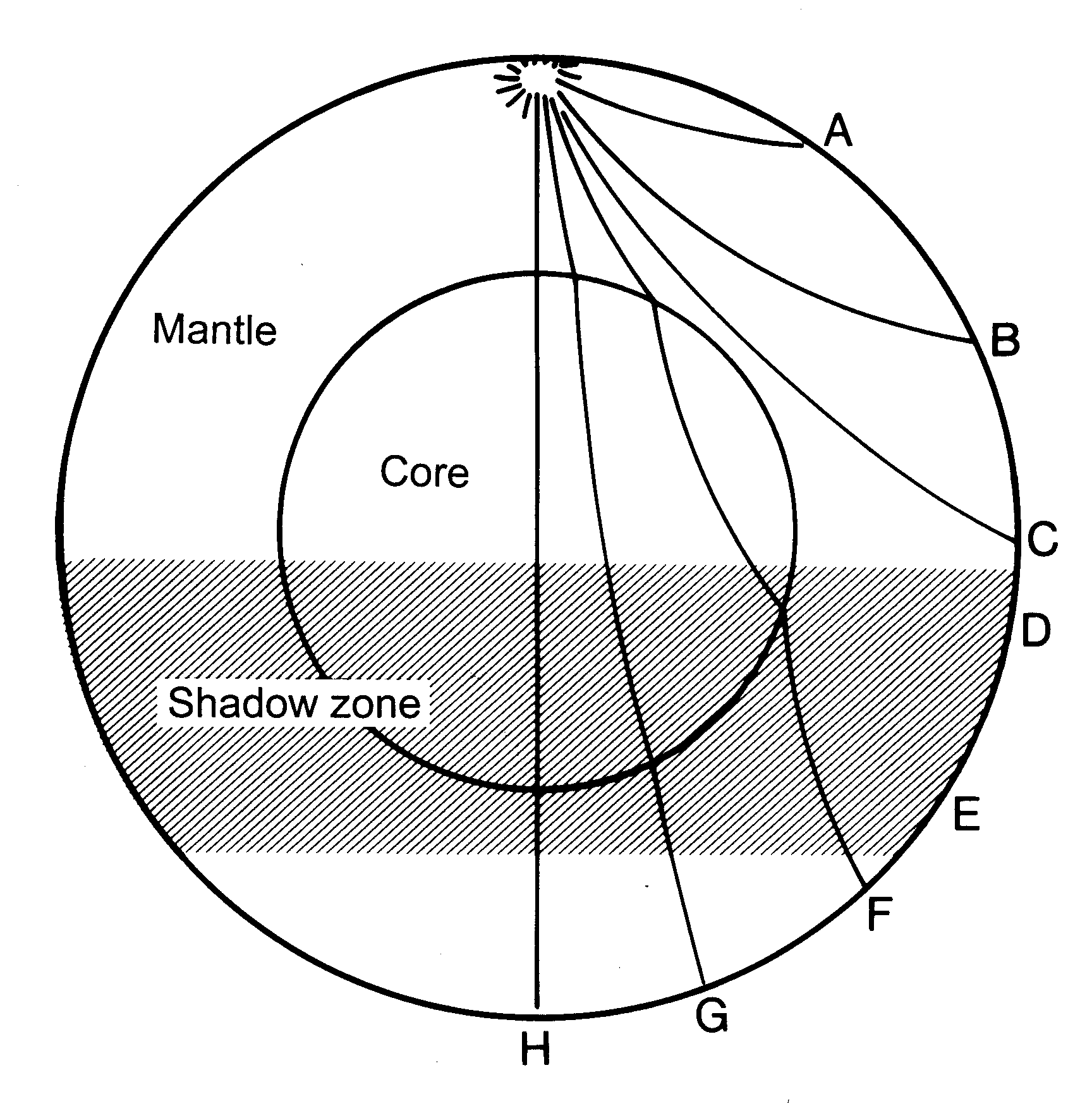 slide7 ==> 8.7: The low speed of sound in the Earth's core refracts waves, so that seismographs at D and E do not detect the waves
slide7 ==> 8.7: The low speed of sound in the Earth's core refracts waves, so that seismographs at D and E do not detect the waves
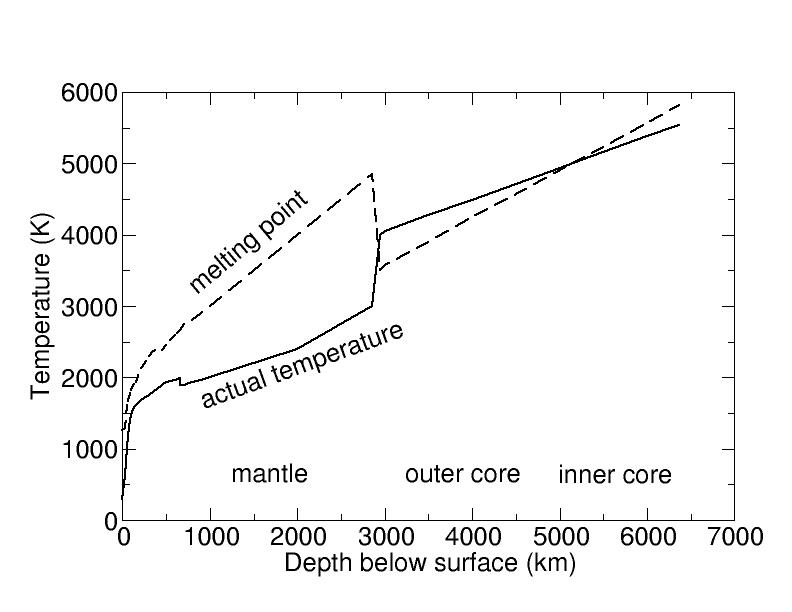 slide8 ==> 8.8: The melting temperature is above the actual temperature in the mantle but not in the outer core
slide8 ==> 8.8: The melting temperature is above the actual temperature in the mantle but not in the outer core
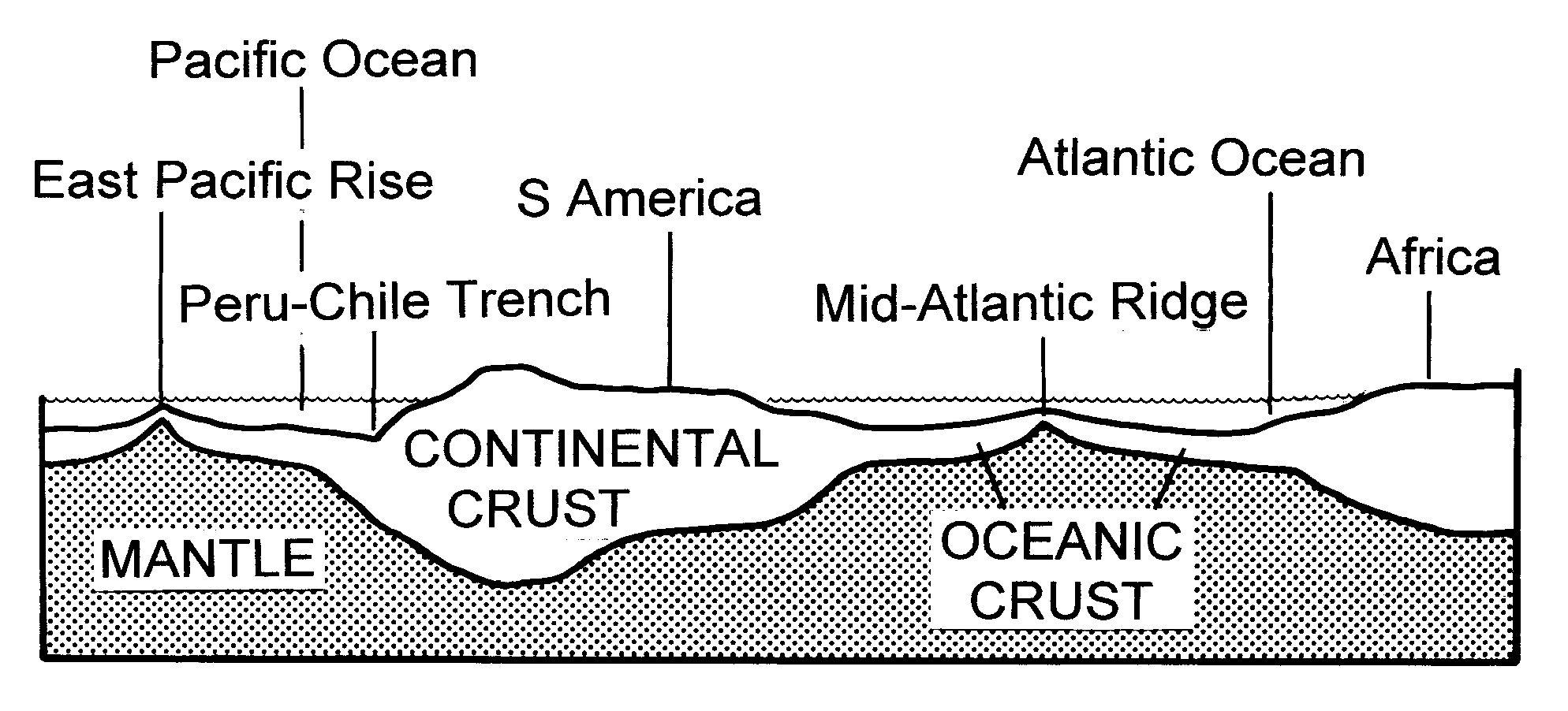 slide9 ==> 8.9: Continental crust is thick while oceanic crust is much thinner, especailly near the ridge (vertically exaggerated!)
slide9 ==> 8.9: Continental crust is thick while oceanic crust is much thinner, especailly near the ridge (vertically exaggerated!)
 slide10 ==> 8.10: The major tectonic plates currently moving around on the surface of the Earth
slide10 ==> 8.10: The major tectonic plates currently moving around on the surface of the Earth
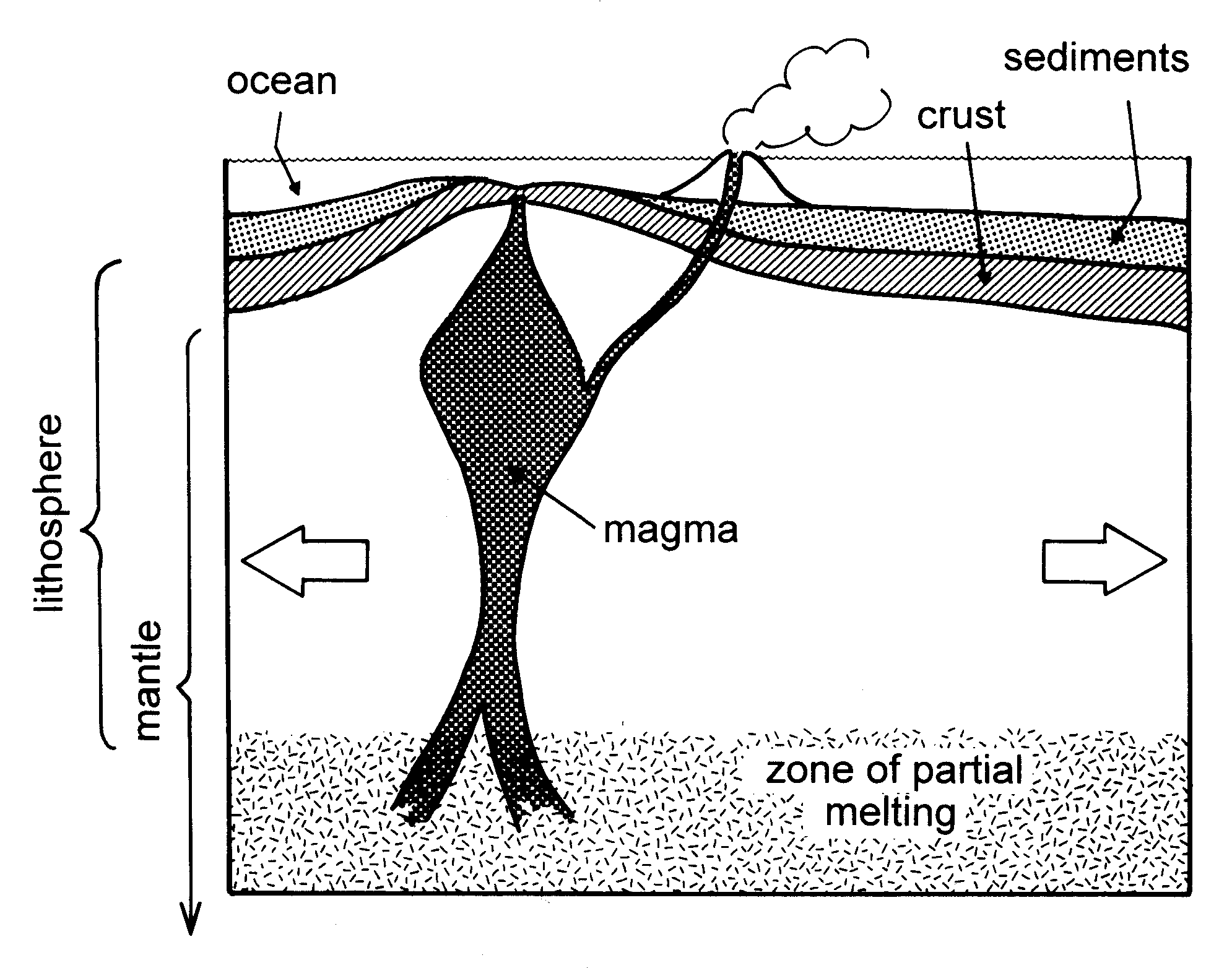 slide11 ==> 8.11: New oceanic crust is created at a mid-ocean ridge, moves away from the ridge, and thickens with sediment
slide11 ==> 8.11: New oceanic crust is created at a mid-ocean ridge, moves away from the ridge, and thickens with sediment
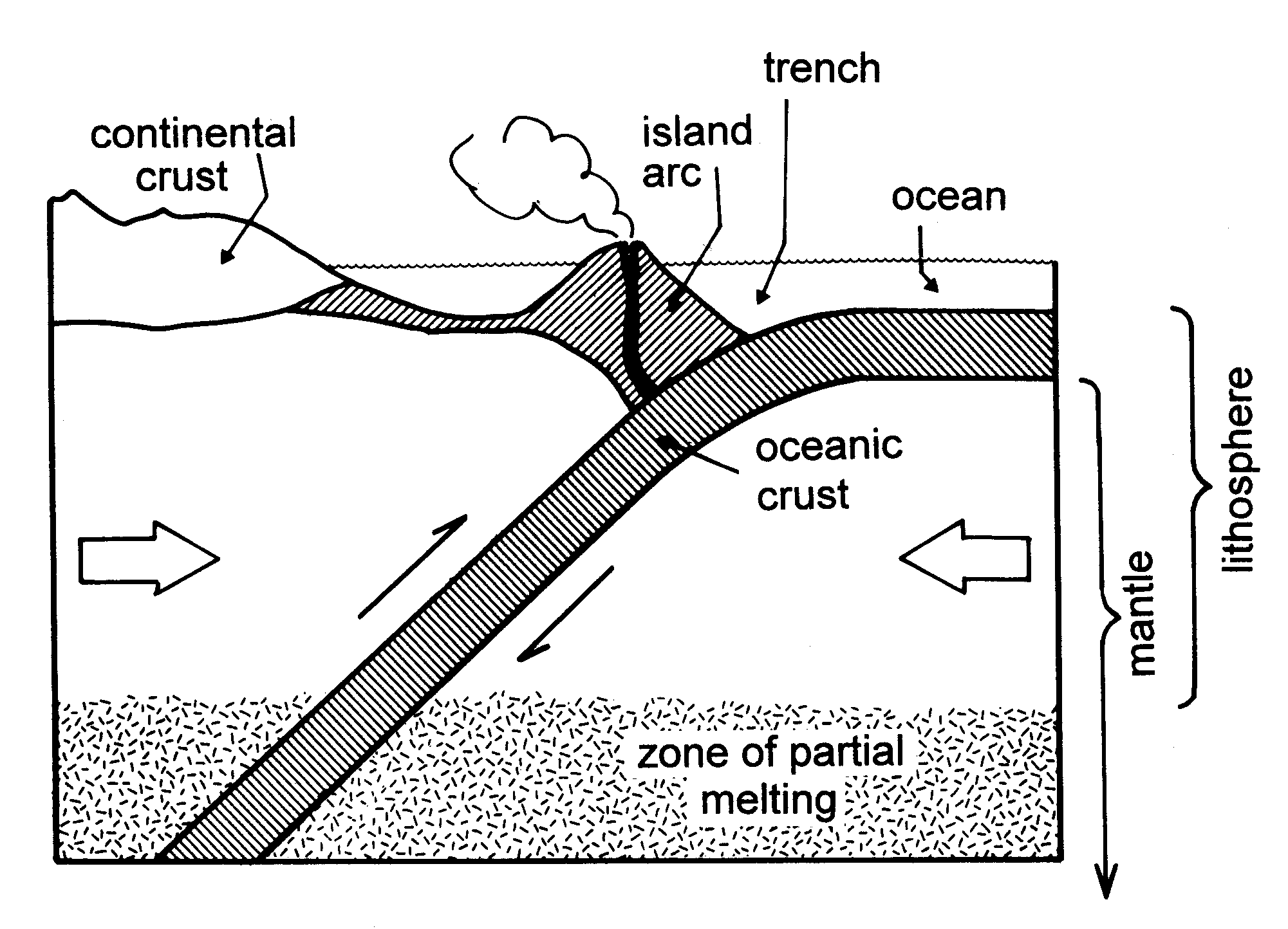 slide12 ==> 8.12: The collision between oceanic crust and a continent leads to subduction and volcanic activity
slide12 ==> 8.12: The collision between oceanic crust and a continent leads to subduction and volcanic activity
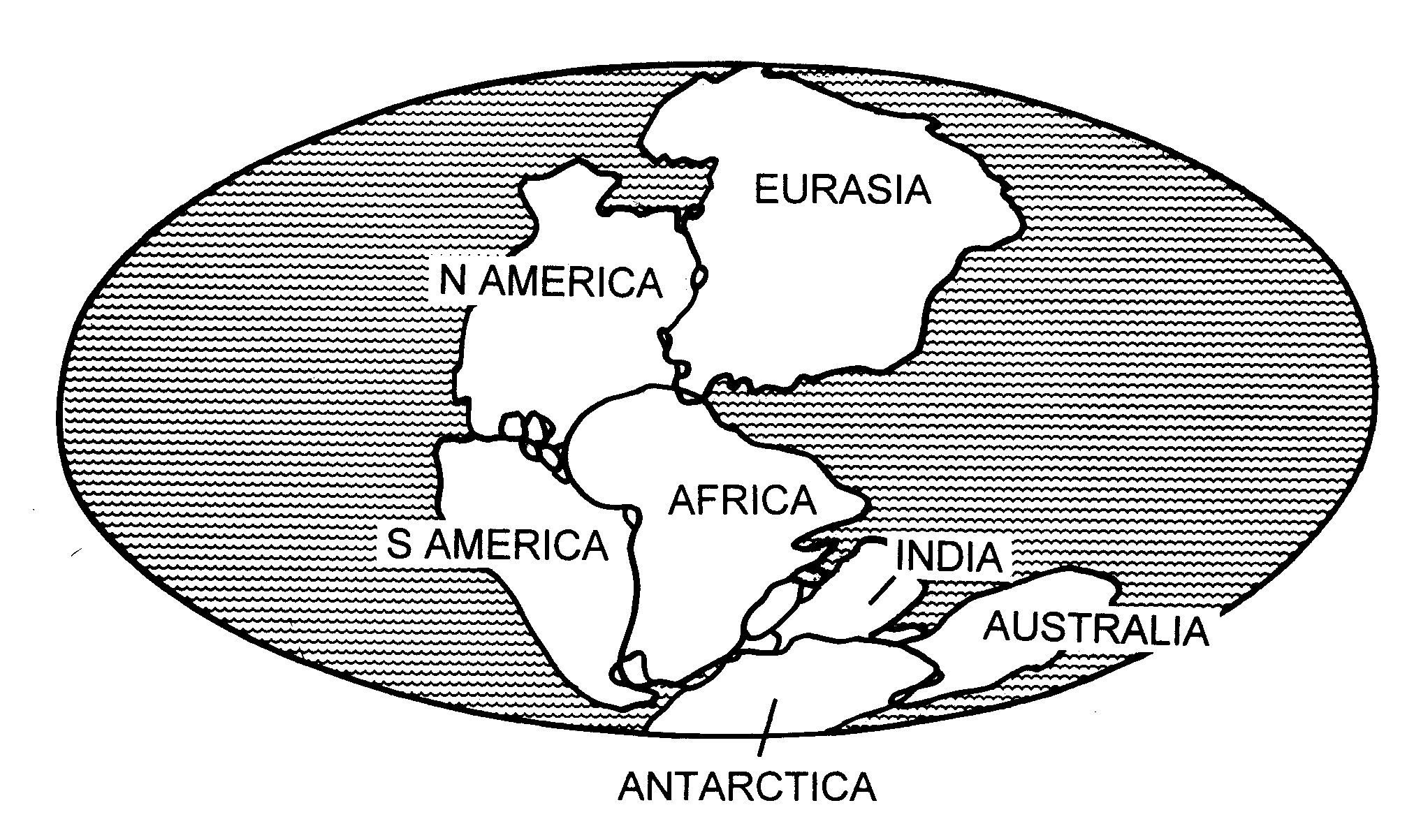 slide13 ==> 8.13: 200 Myr ago the present continents were combined into one giant continent we call Pangaea
slide13 ==> 8.13: 200 Myr ago the present continents were combined into one giant continent we call Pangaea